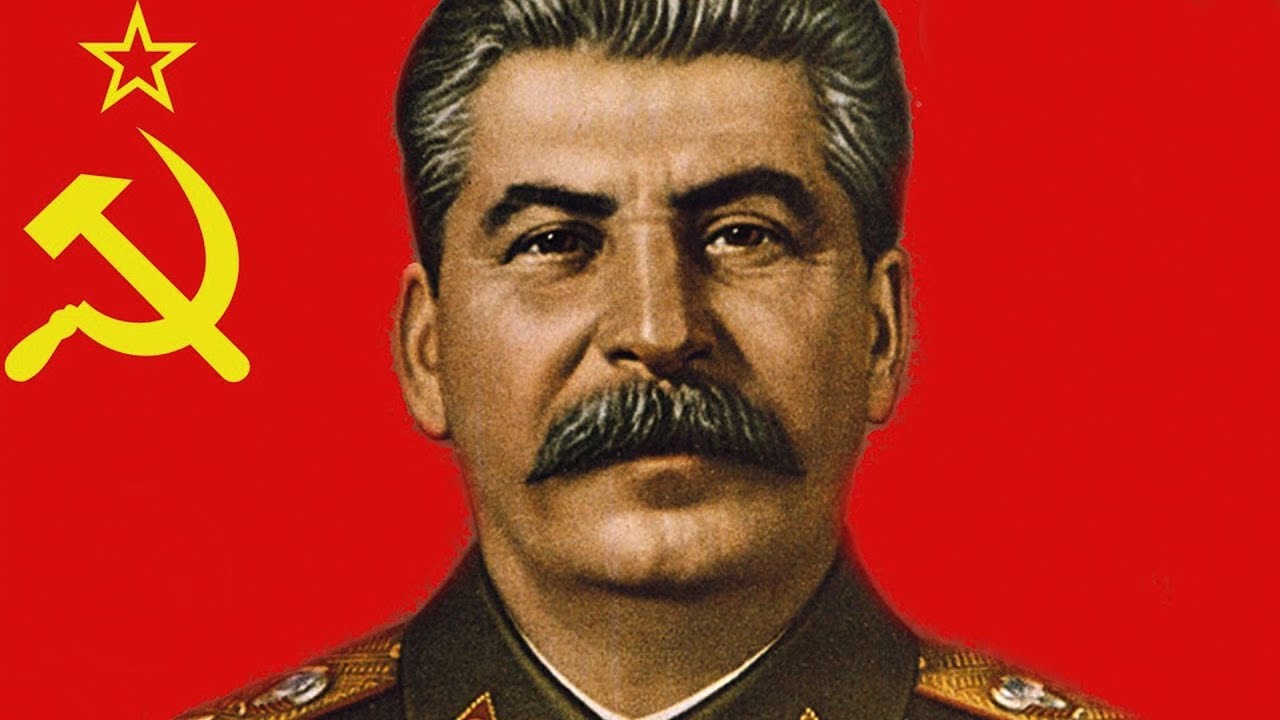ADVERTS
Stalin's government
Joseph Stalin, then general secretary of the Communist Party, assumed power in 1924, with the death of Vladmir Lenin. He disputed power with Leon Trotsky.
Stalin aimed to concentrate the government on Russia's internal issues. He wanted to promote socialism in one country and then promote revolutionary expansion in other countries.
ADVERTS
After the communist convention in 1924, leaders called Bolsheviks supported Stalin's proposals.
Meanwhile, Trotsky began pointing out the flaws and risks of the Stalinist regime.
In return, Stalin achieved the subordination of the soviets to the directives of the Communist Party. He created the GPU, a political police force that functioned as a mechanism for political repression. She was in charge of fighting anyone who criticized her government. With that, he arrested, exiled and executed all his opponents.
ADVERTS
Sentenced to exile, Trotsky continued to criticize Stalin's actions, accusing him of having prostituted Marxism.
In 1940, the GPU ended Trotsky's criticism by assassinating him in Mexico. Thus, Stalin expanded his powers under the Soviet State.
The economic policy he implemented involved the collectivization of agrarian properties with the creation of sovkhozes (state properties) and kolkhozes (collective properties). Encouraged the development of basic industry through education and technology financing.
These actions were guided by the so-called five-year plans, which provided essential guidelines for the Russian economy in the medium term.

Stalin and the communist parties
Stalin received international support from several communist parties around the world. In this way, political guidelines for communist movements in several countries began to be guided by the Comintern – a congress that discussed issues of international communism. AND
The Soviet Union, in 1934, joined the League of Nations, being recognized by capitalist nations.
During the Second World War from 1939 to 1945, the Stalinist regime fought the opposition of Nazi-fascist regimes, which were against communism and socialism.
The Soviet government then consolidated itself on the political scene, establishing many zones of political, ideological and economic influence, establishing the bipolar order.
